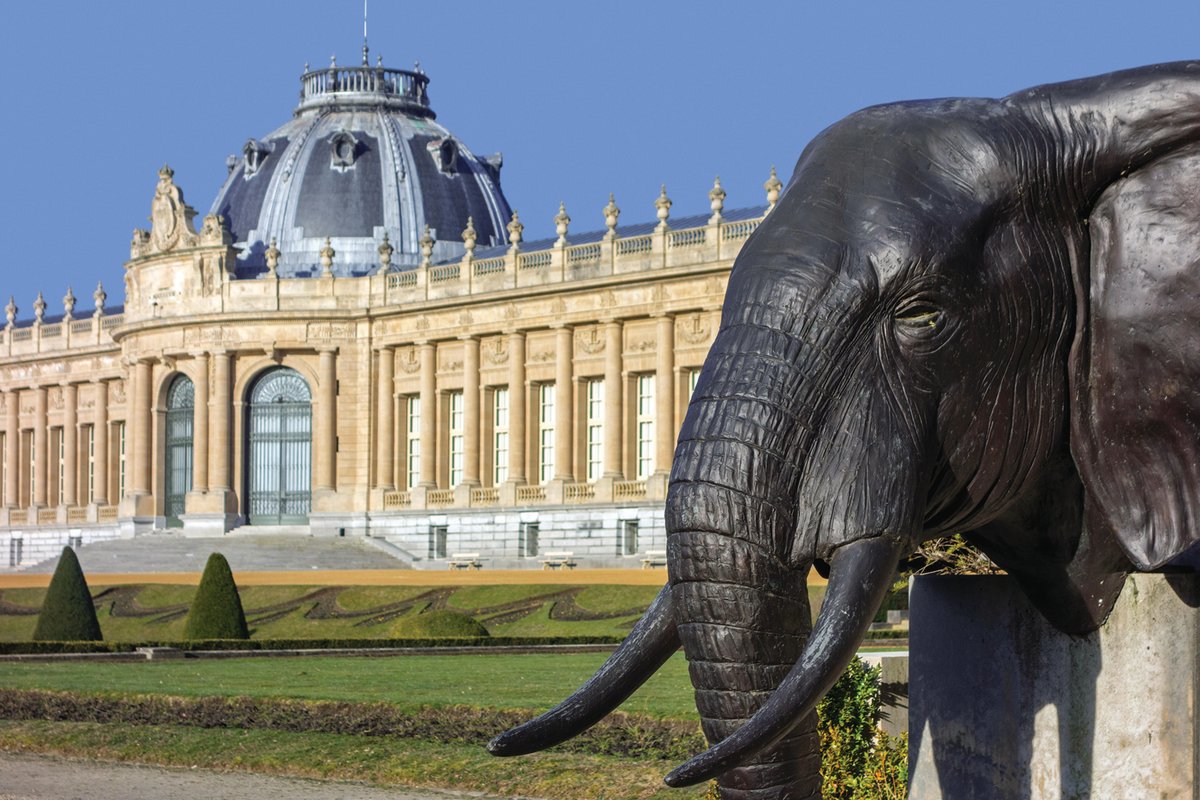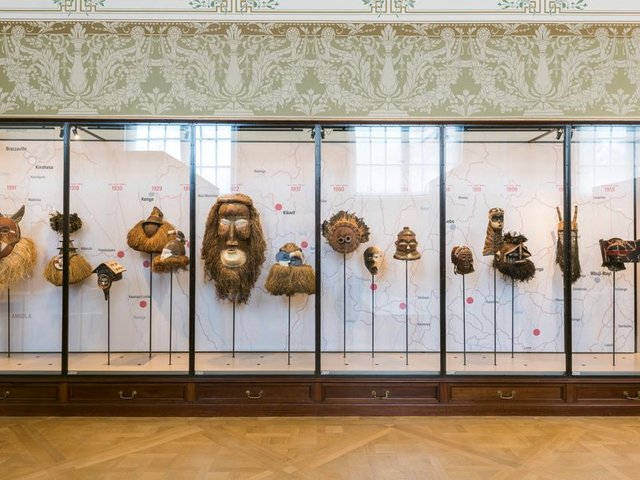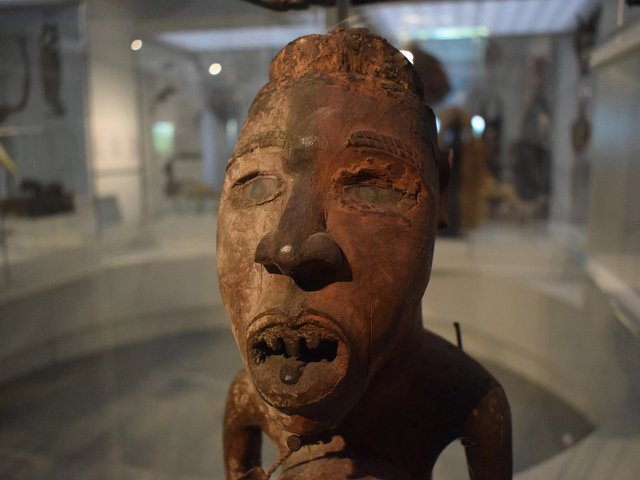The Belgian government plans to set up an expert commission with the Democratic Republic of Congo (DRC) that will determine the fate of thousands of museum artefacts acquired by Belgium during the colonial era, with a view to making the first restitutions in 2022.
Legislation paving the way for the joint commission and the repatriation of Congolese objects in the federal collections was on track to pass through the Belgian parliament by the end of 2021. A bilateral agreement with the DRC will then establish a framework for the commission.
“The essence of the approach is to build a dialogue,” says Thomas Dermine, Belgium’s state secretary in charge of science policy, who unveiled the restitution plans last summer and conducted an official visit to the DRC in November. “We hope that 2022 will be a defining moment.”
King Leopold II of Belgium personally colonised the Congo Free State, an immense territory in central Africa, around 80 times the size of the country, in 1885. The Belgian government annexed the territory in 1908 as the Belgian Congo, which it controlled until 1960. During the period of colonial rule, Belgian explorers, missionaries, soldiers, representatives of Leopold II and merchants brought home items they had stolen, bought or otherwise acquired.
African heritage in the West
The biggest repository of those objects today is the Royal Museum for Central Africa in Tervuren, with a collection that counts around 120,000 artefacts, plus thousands of natural specimens and documents. Around 85% of the collection comes from the area that is now the DRC; its holdings also include objects from modern-day Burundi and Rwanda. The museum acknowledges in a statement on its website that “it is not normal for such a large part of African cultural heritage to be found in the West”.
Dermine says the new commission will classify artefacts into three categories: those that were unequivocally looted and whose ownership should be immediately transferred to the DRC; those that were legitimately acquired and can remain in Belgian public ownership; and those with unclear provenance. Objects in the last category will initially remain in Belgium’s possession but their legal status will be changed so they are no longer “inalienable”—a move that means they can be removed from the federal collections.
According to Dermine, the Belgian policy recognises that all artefacts that entered public collections during the colonial era could be eligible for restitution, a step he describes as “important and highly symbolic, because this allows us to acknowledge that the colonial regime as a political model implies a form of domination that is fundamentally unequal and influences the terms of exchange”.
However, that does not necessarily mean there will be an instant flood of repatriations. “We are working on this as a multi-year project, so the aim is not to repatriate too many objects too soon,” Dermine says. “The focus is on pieces needed to complete the Congolese collections. We will be focusing on very specific items that have the highest symbolic value.”
Dermine says the plans align with the wishes of the Congolese government. Félix Tshisekedi, the president of the DRC, has said in the past that he wants repatriation to proceed in “an organised manner” to ensure the preservation of objects.
So far, around 1,000 objects in the Royal Museum for Central Africa have been identified as looted. Among the items in this group that may be restituted as early as 2022 are the Nkisi Nkondi statue, a figure made of wood and nails that was looted by a Belgian trader in an 1878 attack against Chief Ne Kuko, and a wooden Luba mask that was plundered in 1896 by Belgian troops.
Dermine says intergovernmental talks will also explore what assistance Belgium can provide the DRC in terms of expanding the country’s museum facilities and capacities. A new National Museum of DRC opened in 2019 in Kinshasa, funded by the Korean Agency for Cooperation.




